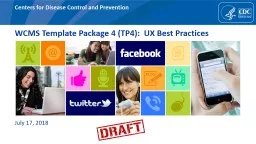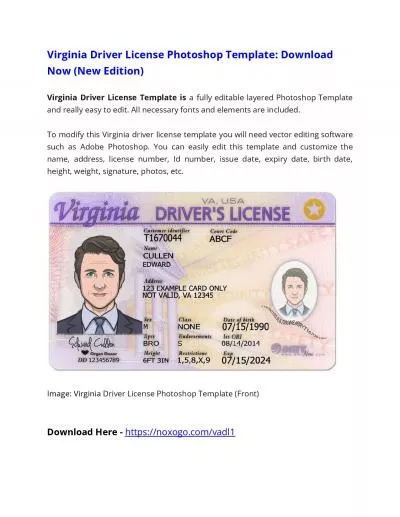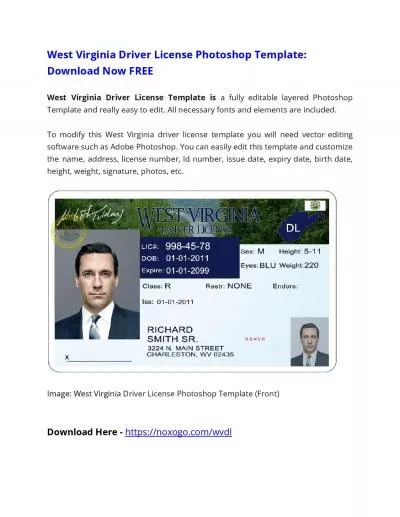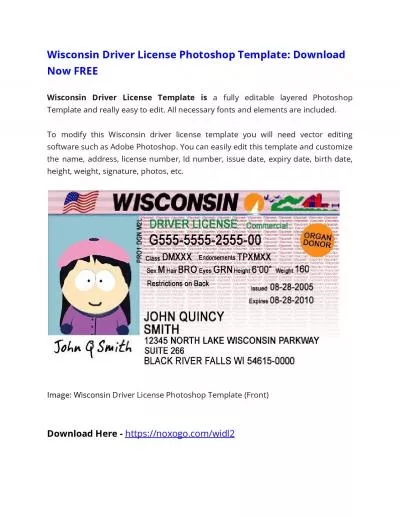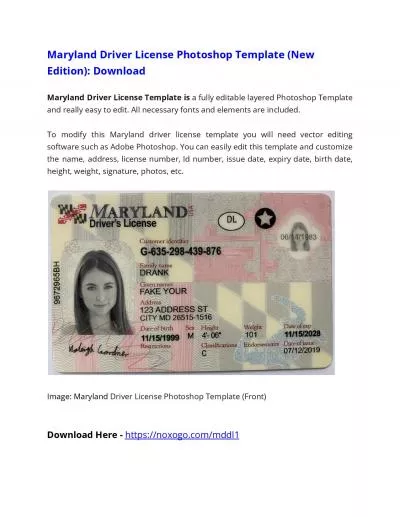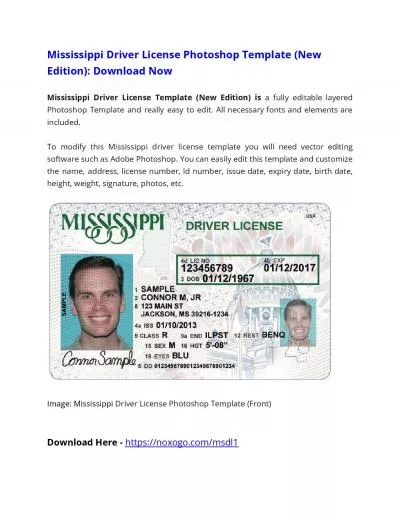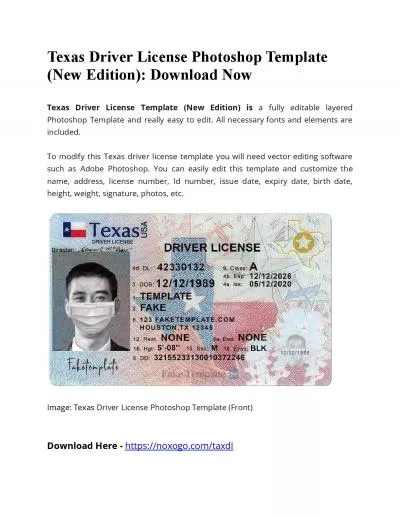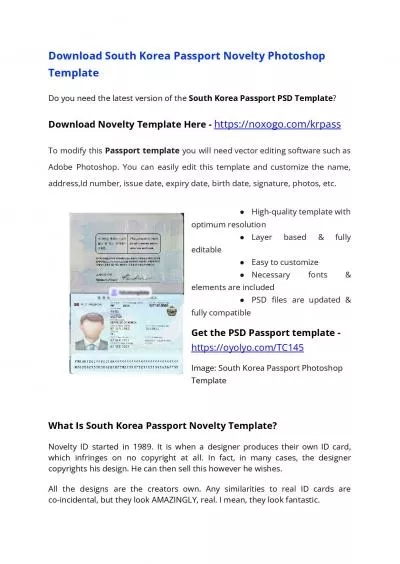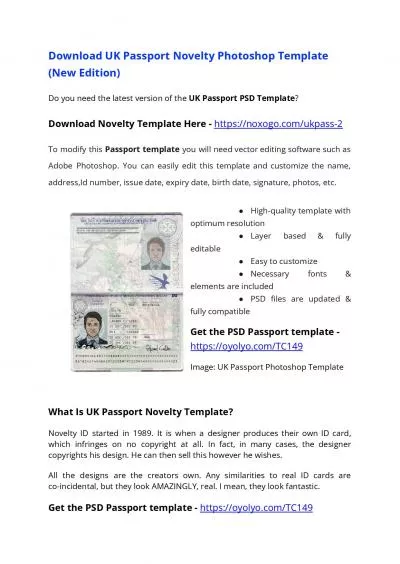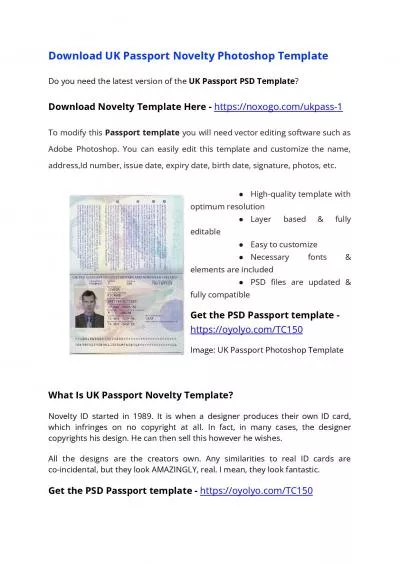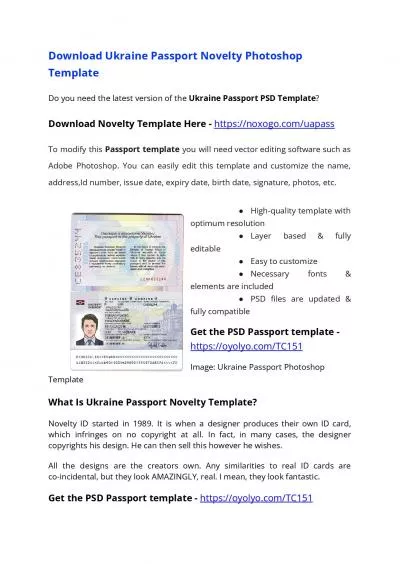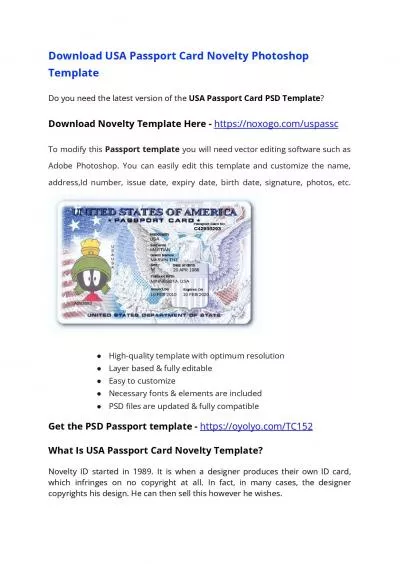PPT-WCMS Template Package 4 (TP4): UX Best Practices
Author : faustina-dinatale | Published Date : 2019-12-18
WCMS Template Package 4 TP4 UX Best Practices July 17 2018 Template 4X UX Recommendations Key items to review Viewports Grids Themes Icons Site Identity Navigation
Presentation Embed Code
Download Presentation
Download Presentation The PPT/PDF document "WCMS Template Package 4 (TP4): UX Best ..." is the property of its rightful owner. Permission is granted to download and print the materials on this website for personal, non-commercial use only, and to display it on your personal computer provided you do not modify the materials and that you retain all copyright notices contained in the materials. By downloading content from our website, you accept the terms of this agreement.
WCMS Template Package 4 (TP4): UX Best Practices: Transcript
Download Rules Of Document
"WCMS Template Package 4 (TP4): UX Best Practices"The content belongs to its owner. You may download and print it for personal use, without modification, and keep all copyright notices. By downloading, you agree to these terms.
Related Documents

